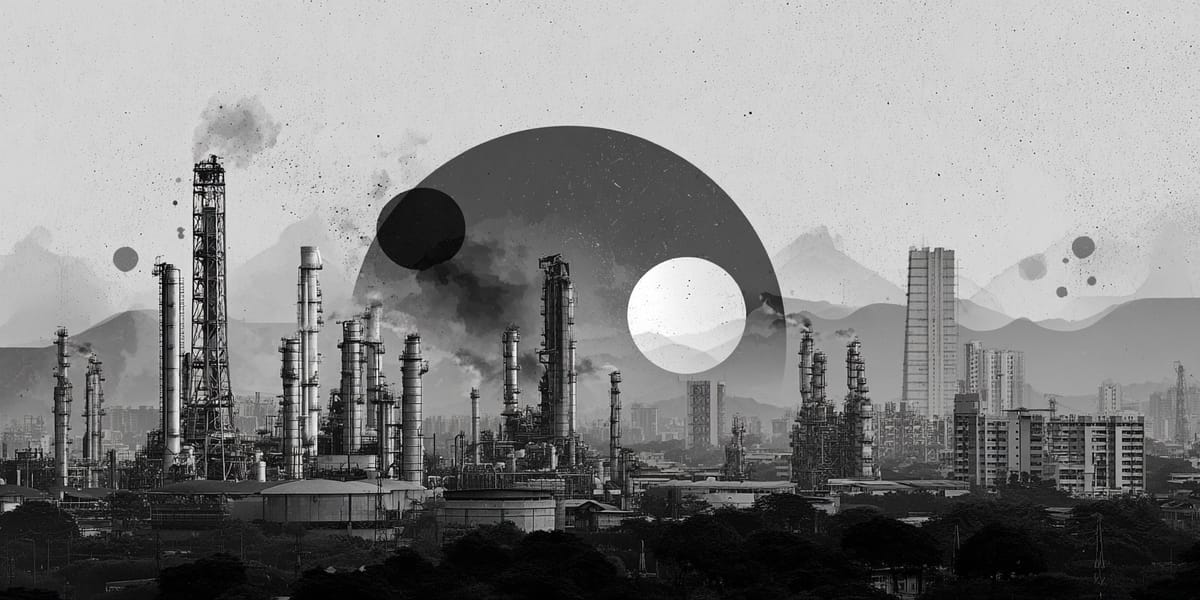Indian Electronics Industry Sees Supply Chain Recovery After China Trade Talks

China has agreed to address India's concerns over export restrictions on rare earth magnets, fertilizers and tunnel boring machines, providing relief to Indian electronics manufacturers who faced production bottlenecks earlier this year. Business Standard reports that Chinese Foreign Minister Wang Yi provided these assurances during his meeting with External Affairs Minister S Jaishankar in August 2025. The restrictions on key materials were raised by Jaishankar during the diplomatic talks, with Beijing reportedly beginning to respond to New Delhi's requests on the three commodities.
Earlier in 2025, China introduced tighter export licensing requirements on seven rare earth elements and associated magnets, creating alarm across Indian industry. Companies including Bajaj Auto warned of production bottlenecks for electric vehicles and electronics, while Maruti Suzuki flagged potential delays in new electric models. The restrictions affected automakers, aerospace manufacturers and semiconductor companies globally.
Critical Impact on Electronics Production
The supply disruptions posed serious risks to India's technology sector growth plans and manufacturing targets. Indian electronics firms rely heavily on rare earth materials for components in smartphones, electric vehicles, defense equipment and clean energy systems. China controls approximately 60% of global rare earth production and processes nearly 90% of these materials worldwide, including those imported from other countries.
The shortage particularly affected production of permanent magnets used in electric vehicle motors and wind turbine generators. Indian manufacturers had stockpiled rare earth magnets in March and April 2025, with imports rising 20% and 87% year-on-year respectively, but these supplies were expected to run out by mid-2025. This created pressure on domestic electronics assembly and threatened India's ambitions to become a major manufacturing hub for technology products.
Long-term Industry Strategy Takes Shape
India launched the National Critical Mineral Mission in 2025 to develop domestic rare earth capabilities and reduce dependence on Chinese supplies. CNBC reports that the initiative aims to create an effective framework for rare earth self-reliance through private sector partnerships with Indian Rare Earths Limited. Government sources indicate consideration of incentive schemes and capital subsidies to encourage local mining and processing operations.
Despite possessing significant rare earth reserves, India currently contributes less than 1% of global production due to limited processing capabilities and technology gaps. The country faces challenges including lack of specialized technical expertise, poor infrastructure in mining regions, and insufficient private sector participation. However, growing domestic demand across electric vehicles, electronics and defense sectors creates opportunities for both supply and consumption within India's market.
Diplomatic Maneuvering Creates New Opportunities
India's approach combines immediate diplomatic solutions with longer-term strategic partnerships to reduce supply chain vulnerabilities. Asia Times notes that New Delhi has leveraged both the Shanghai Cooperation Organisation platform with China and the Quad partnership with the United States, Japan and Australia to manage supply chain risks without compromising strategic autonomy.
The dual-track approach allows India to secure short-term rare earth deliveries through SCO diplomacy while building alternative supply chains through Quad cooperation. Indian officials have fast-tracked new rare earth exploration projects in Andhra Pradesh and Odisha, involving both public sector companies like IREL and private firms seeking strategic value chain positions. The government is also considering a sovereign rare earth reserve, modeled after strategic petroleum reserves, to provide buffers against future external supply shocks.
Further Reading
For deeper insights into global adoption trends and regulatory frameworks affecting critical mineral supply chains, our Alternative Financial Systems Index tracks development patterns and policy responses across 50 countries as nations work to reduce dependencies on concentrated supply sources.




